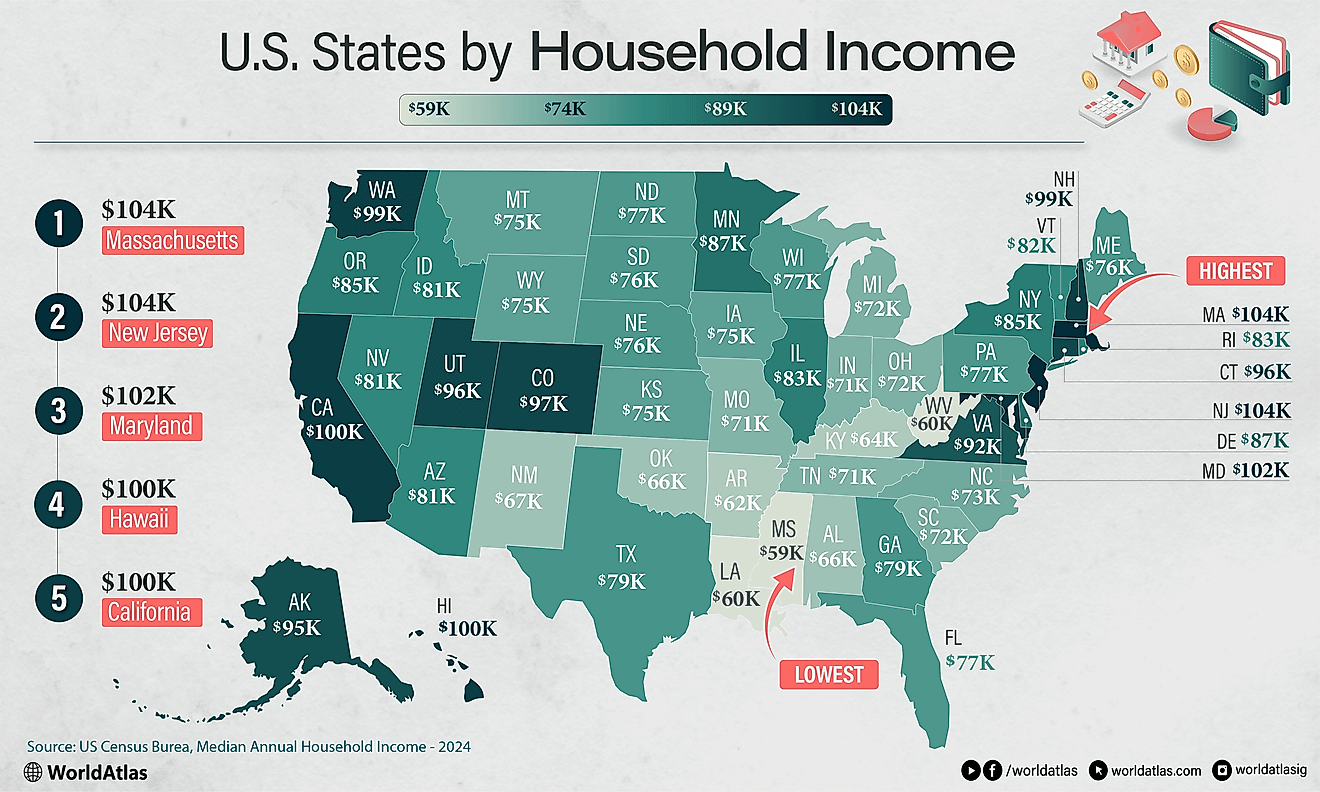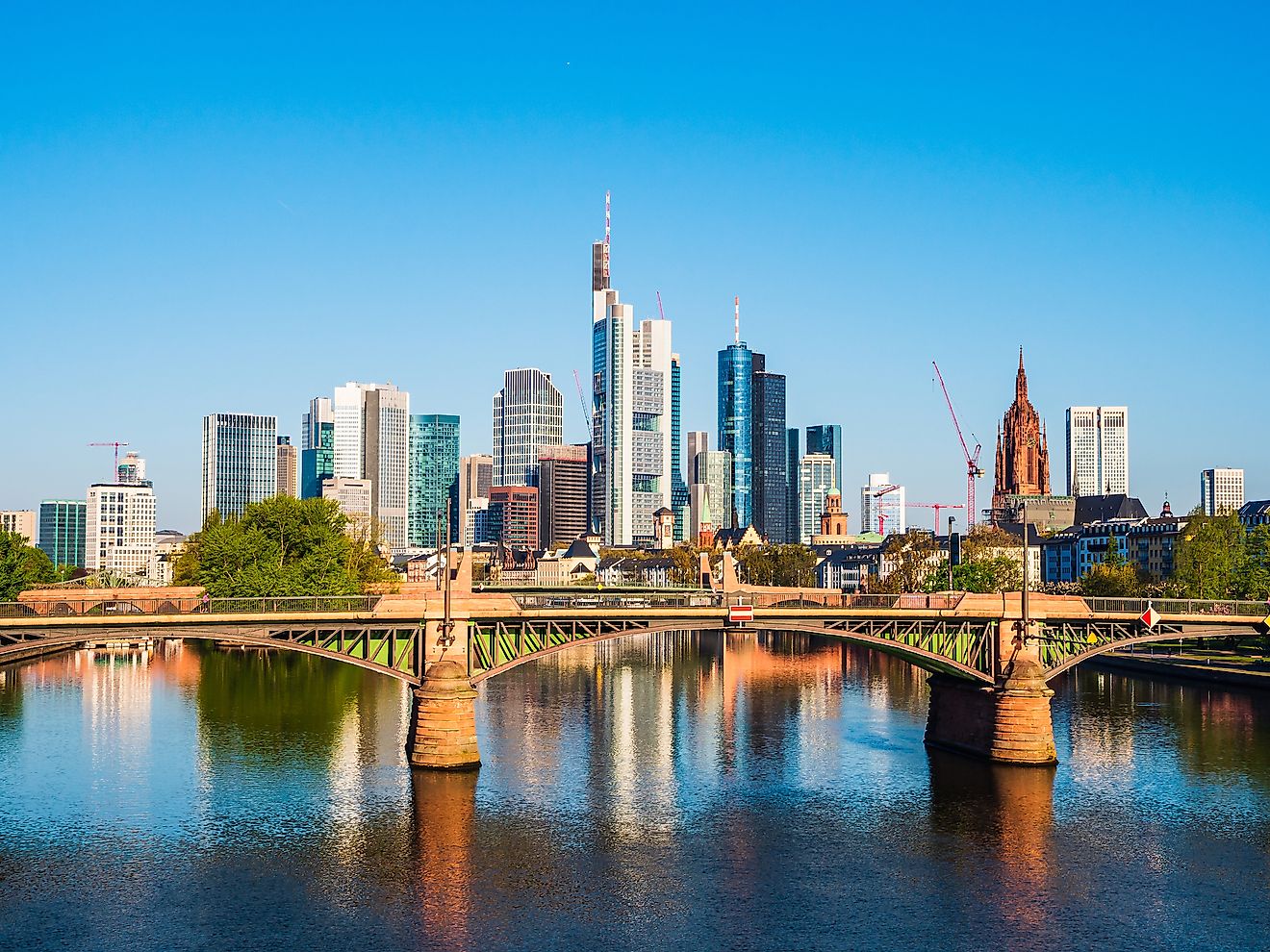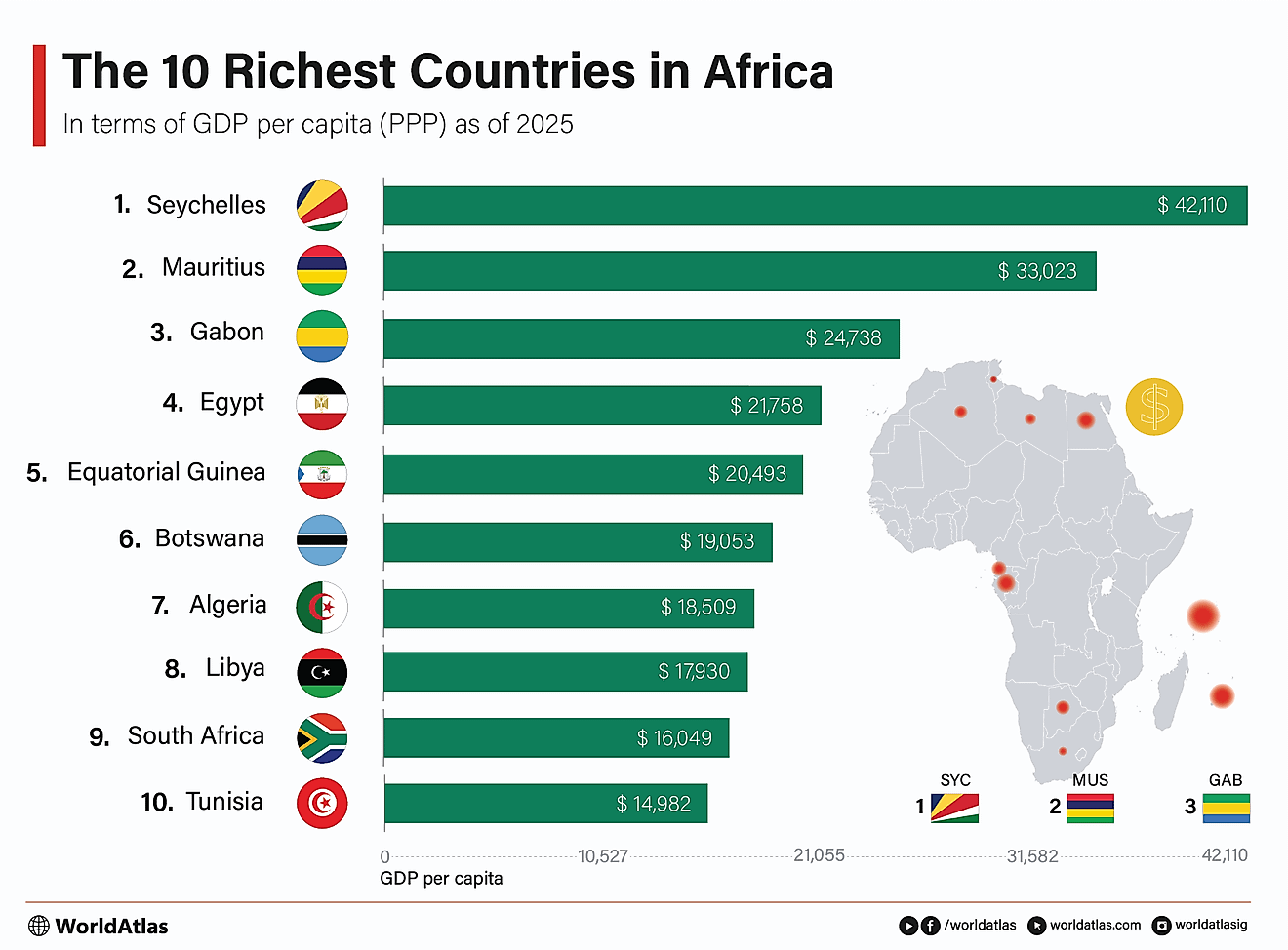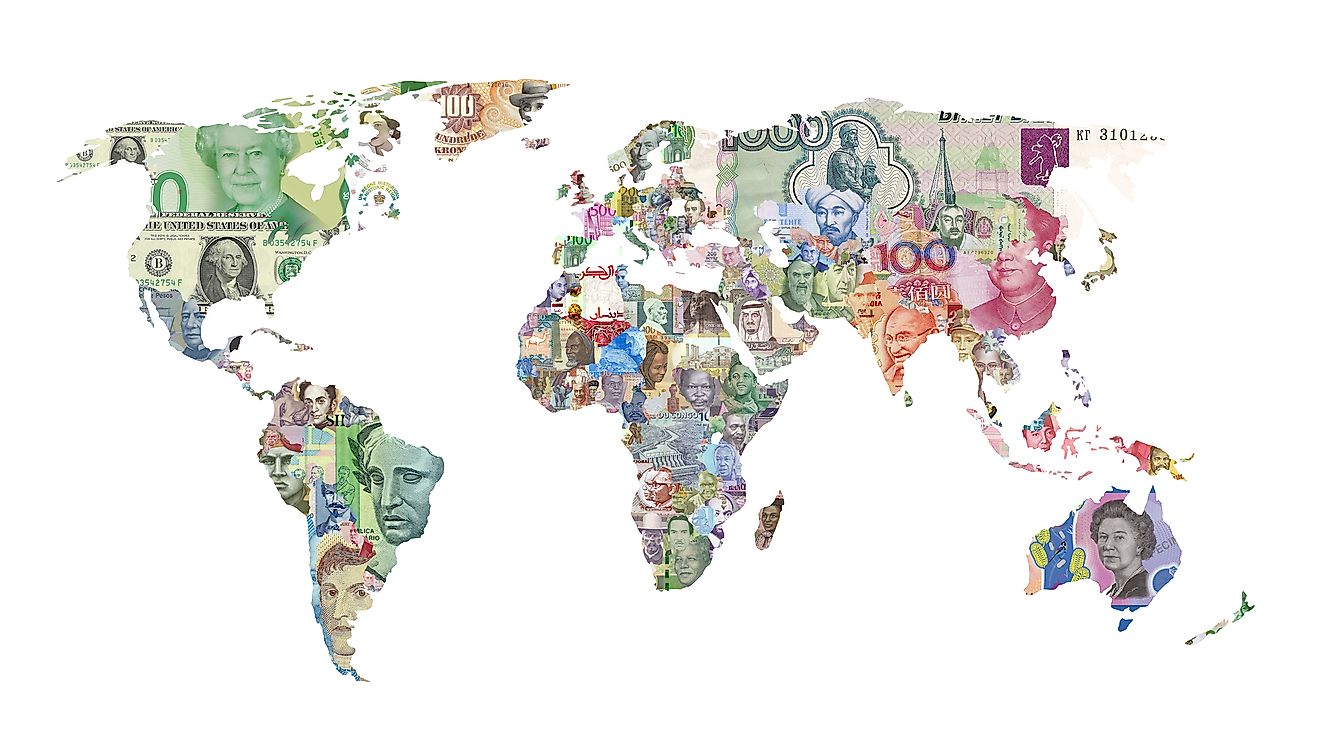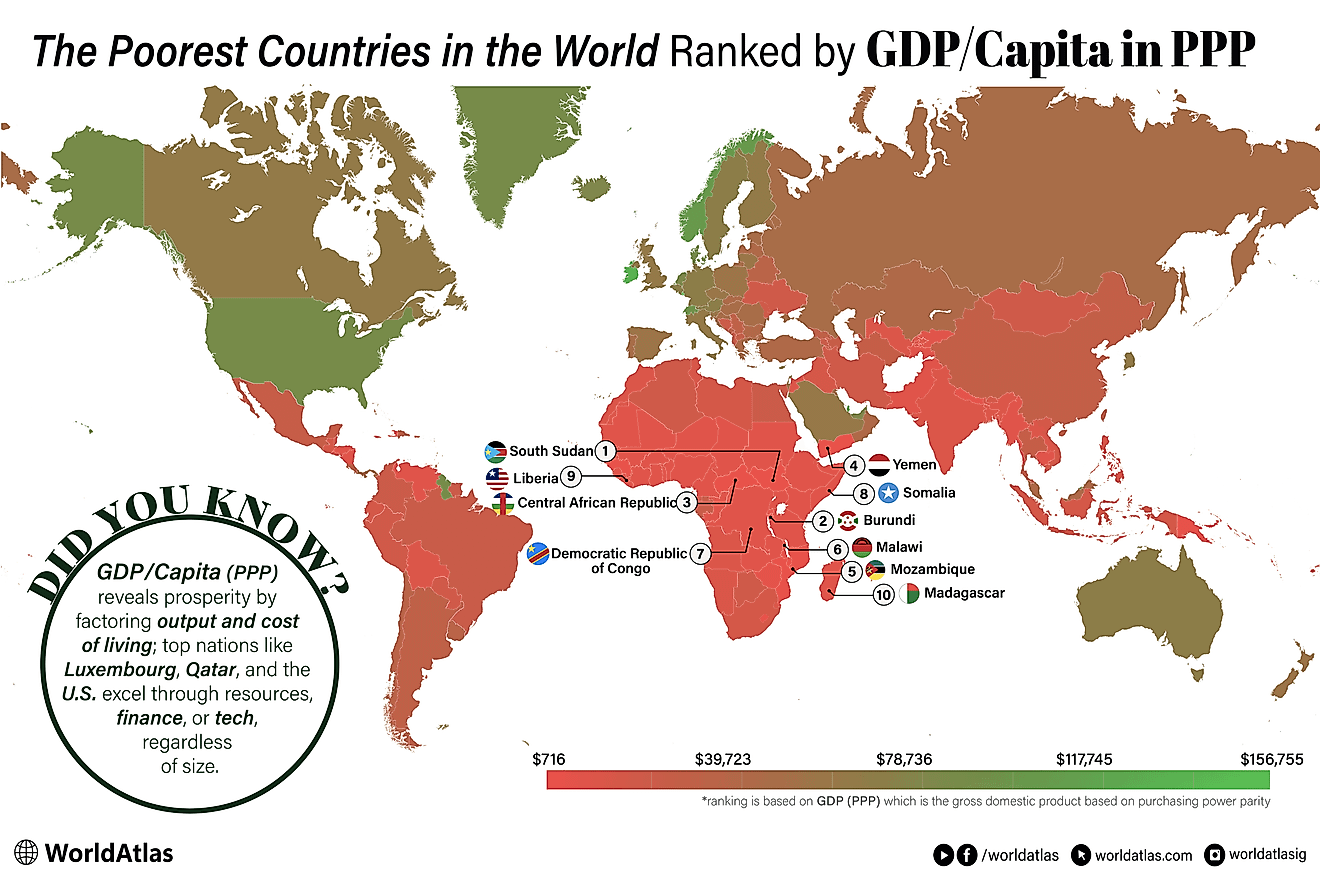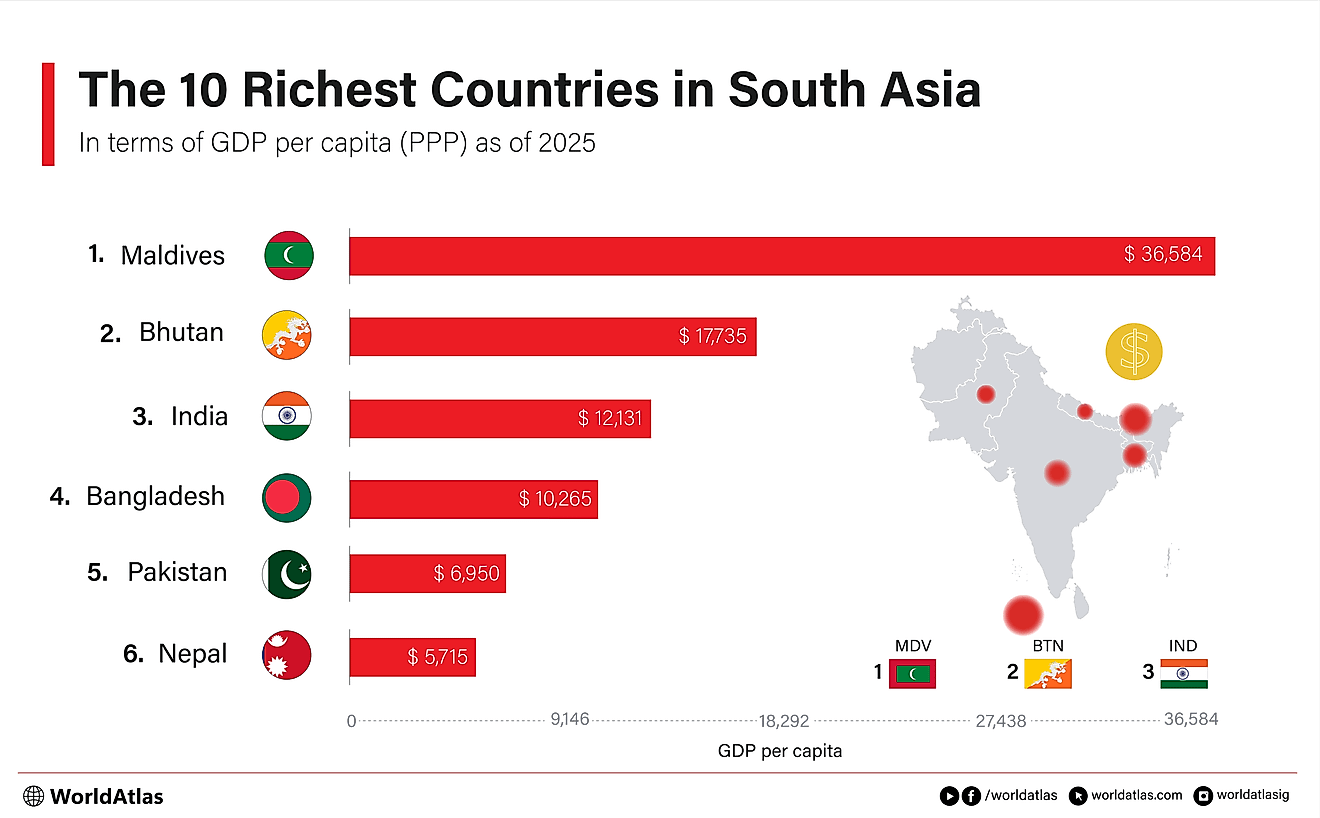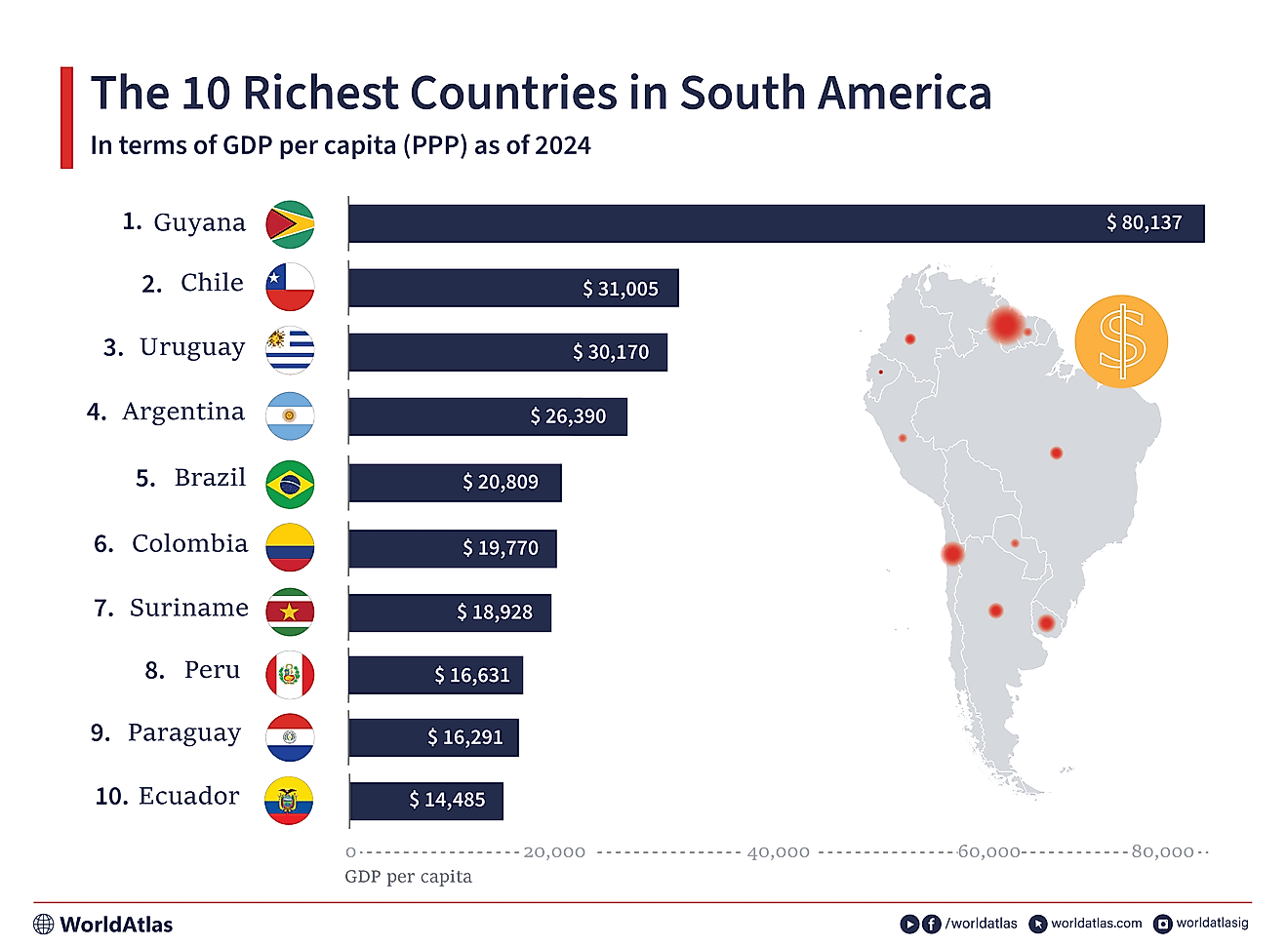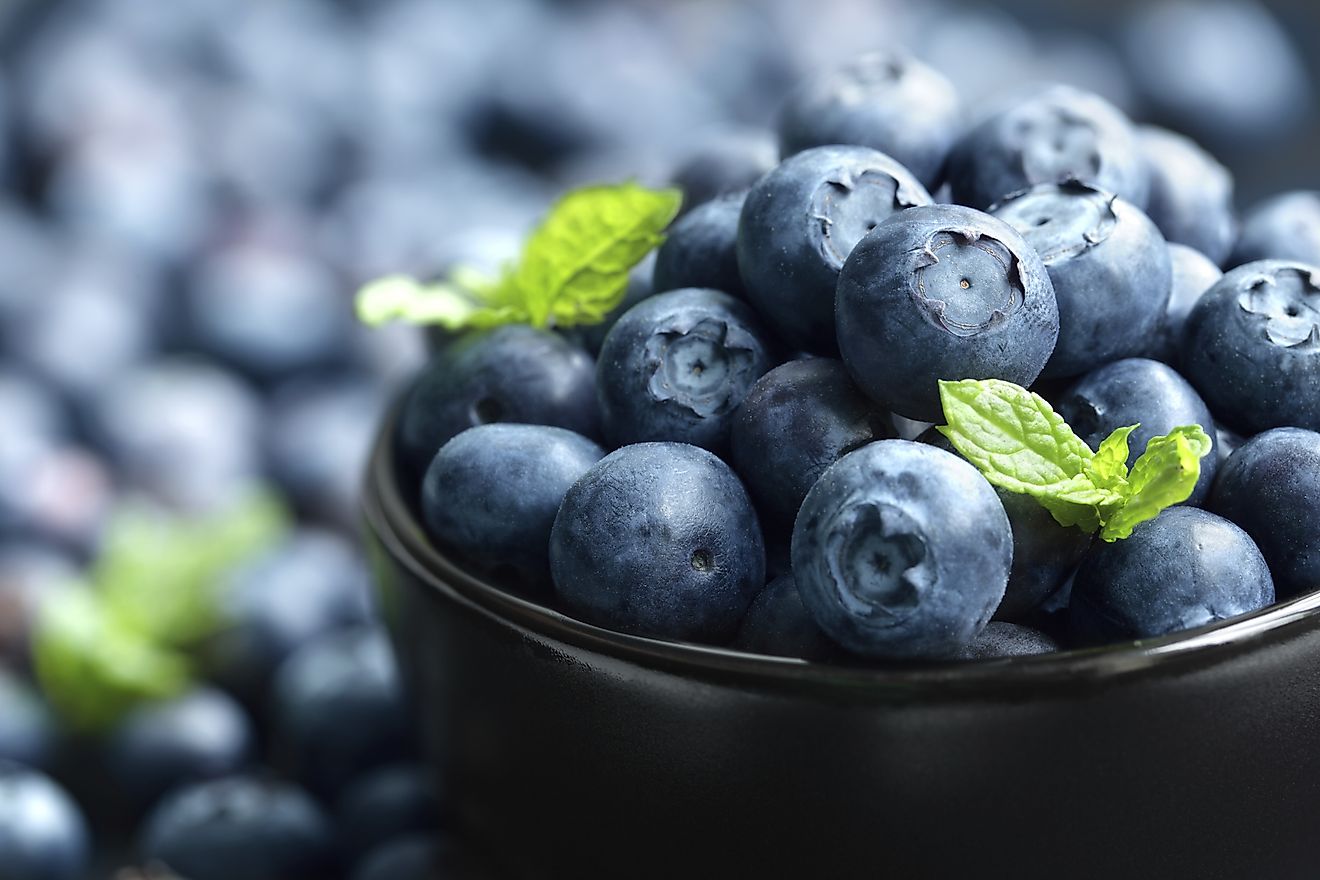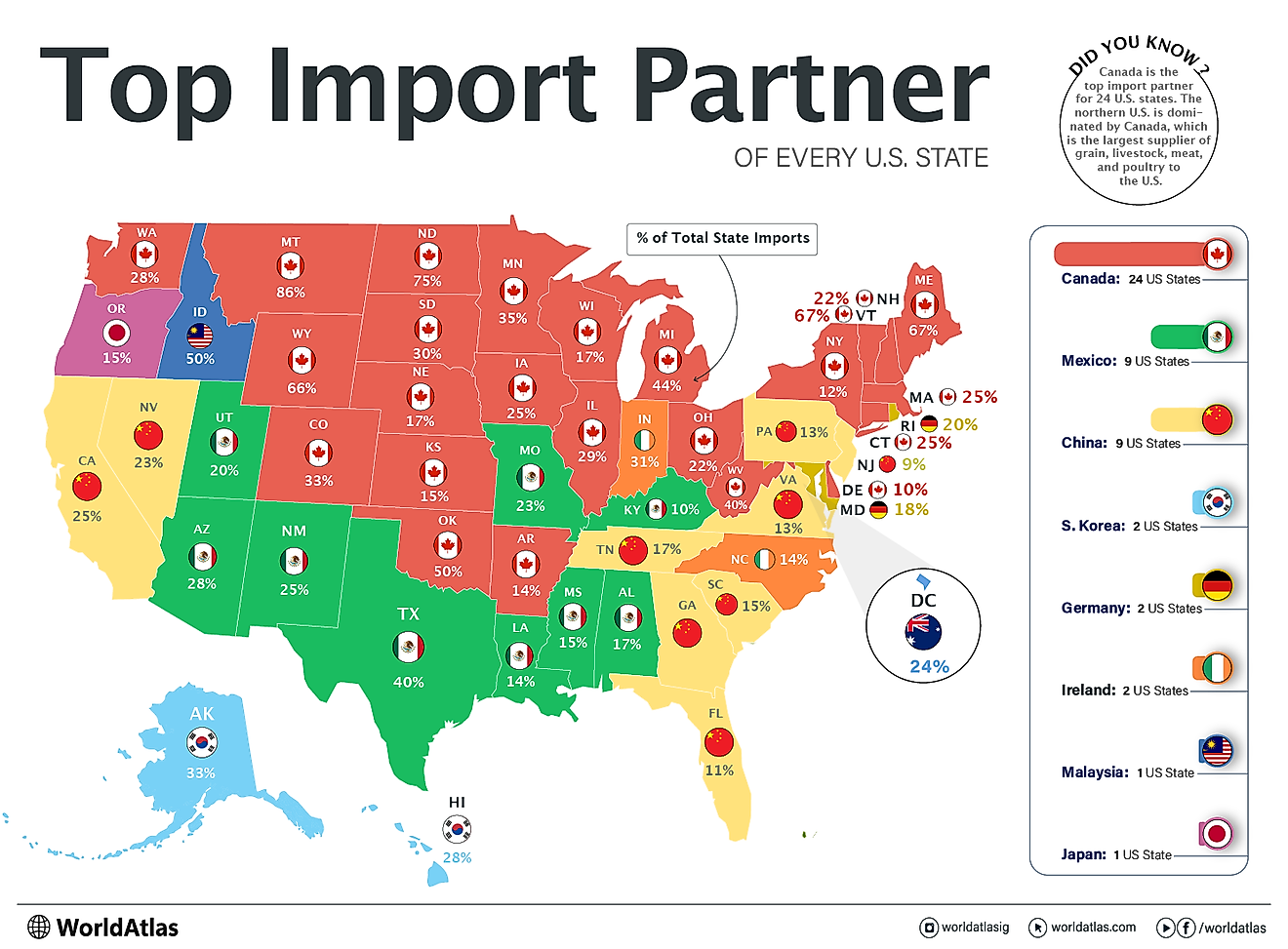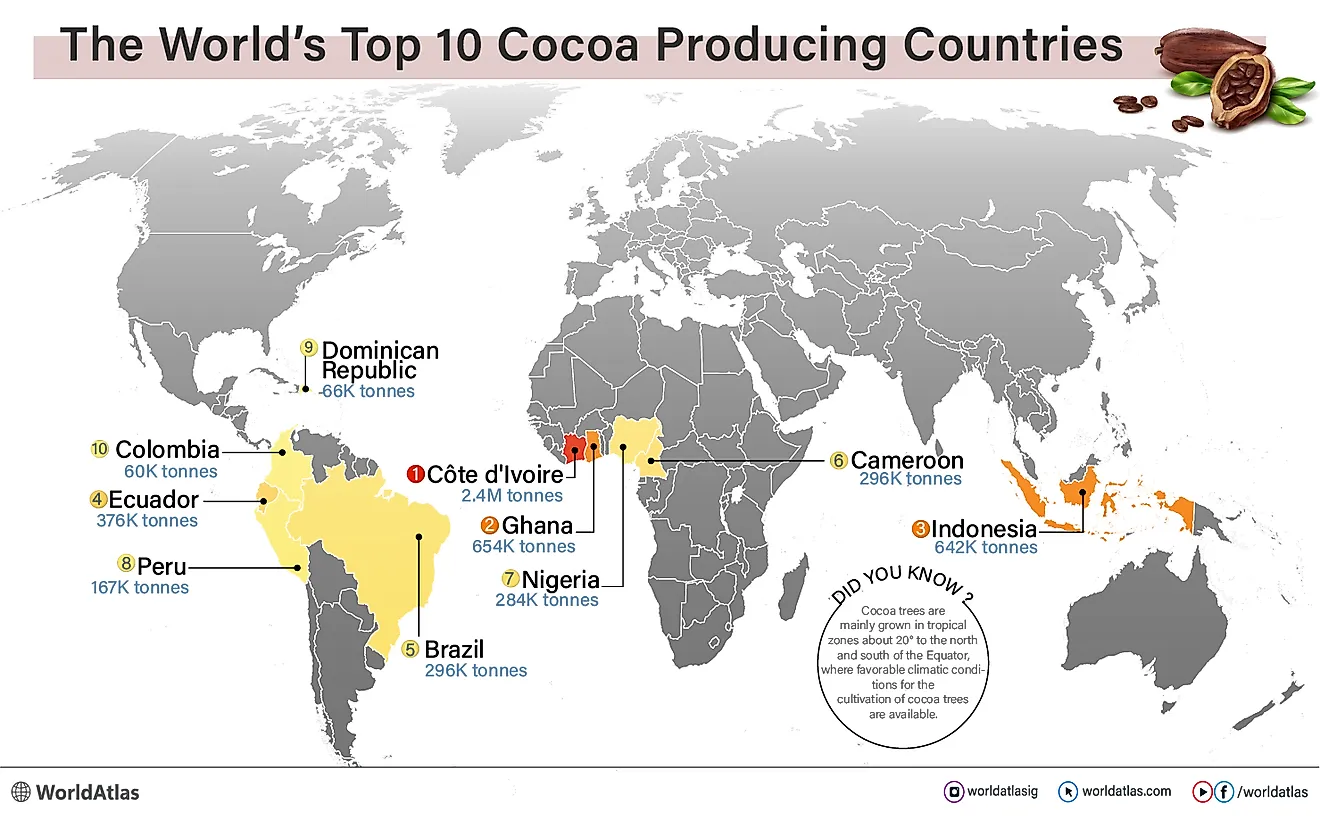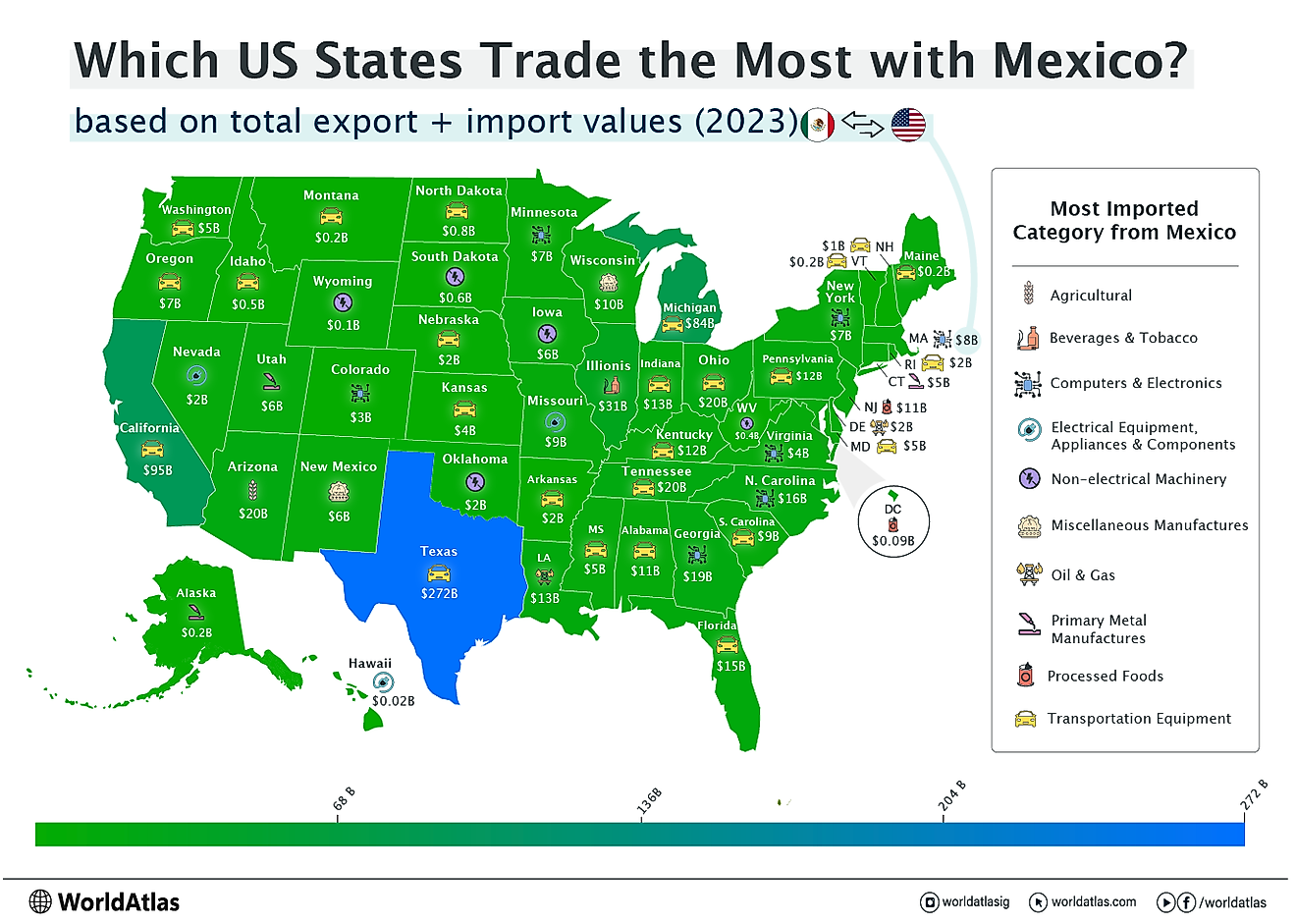What Are The Major Natural Resources Of Barbados?
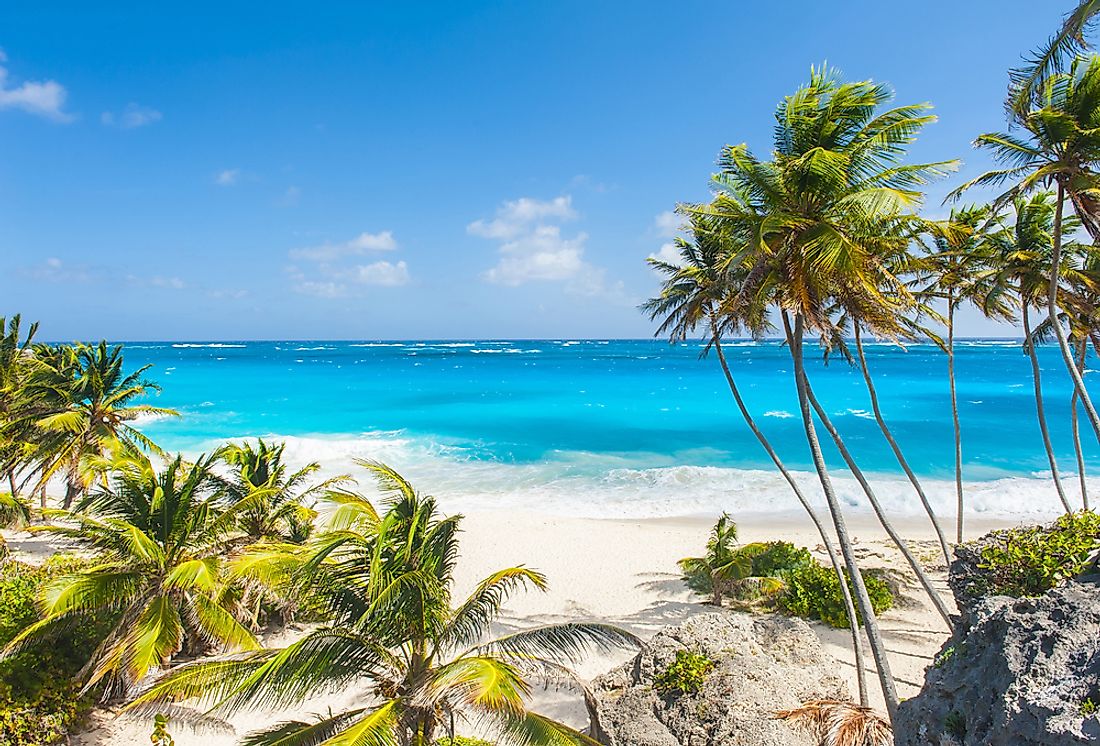
Barbados is a 169 square mile nation that is situated in the northern edge of the Atlantic Ocean. In 2017, Barbados had a gross domestic product of roughly $4.8 billion which was the 150th highest in the world according to data compiled by the World Bank. In the same year, the country's per capita gross domestic product was roughly $16,789 which was the 67th highest in the world. The economic prosperity of Barbados is because the country transformed itself from being extremely dependent on the production of sugar. The Barbadian government instituted different policies that ensured the natural resources were utilized adequately for the country's economic growth. There are several natural resources in Barbados with the most important being the arable land, minerals, and fish among others.
Arable Land
Information published in the trading economics website indicated that arable land in Barbados accounted for close to 37% of the nation's total area. Since 2003 the amount of arable land in Barbados has decreased substantially. During the colonial era, agriculture was essential to the Barbadian economy. At the time, the most common type of agriculture in Barbados was the plantation economy. In the present day, some of the crops grown in Barbados include sugarcane, sweet potatoes, and yams. The Barbadian agricultural sector faces numerous challenges with the most significant one being inadequate rainfall. Despite the presence of a vibrant agricultural sector in the country, Barbados imports vast quantities of food. Since 2008, the Barbadian government has put in place some measures to develop the country's agricultural sector. One of the steps the Barbadian government put in place was emphasizing the growing of food crops to reduce the reliance on imported food crops. Another measure that the government put in place was to encourage Barbadian farmers to adopt modern methods of farming including the use of technology. The Barbadian government has also set aside vast quantities of money to grow the country's agriculture.
Sugarcane
For a significant portion of Barbados' history, sugarcane was the most important crop in the country. Estimates indicated that in 2002 sugarcane exports accounted for roughly 8.5% of Barbados' total exports. The monetary value of the sugarcane exports at the time was approximately $22 million. In subsequent years, the production of sugarcane in Barbados fluctuated significantly. Most of the sugar produced in Barbados is sold to nations within the European Union.
Livestock
Because Barbados has scarce pastures, very few farmers have engaged in keeping livestock. In 1999, the Barbadian government surveyed to determine the number of animals in the county. The research indicated that sheep were the most common livestock in the country as they numbered 41,000. Other commonly kept livestock in Barbados included cattle that totaled 23,000 at the time, and goats that numbered 33,000. Barbados also had a vibrant poultry industry with poultry farmers keeping close to 4 million hens. Barbados is only considered self-sufficient in the production of poultry products and milk.
Fish
Because Barbados is situated in the northern section of the Atlantic Ocean, it has vast quantities of fish resources. Some of the fish species common in Barbados include kingfish, flying fish and tuna. Like in most nations in the Caribbean, fishing in Barbados can be divided into three main categories: subsistence fishing which the locals carry out to supplement their diet, sports fishing mainly carried out by visitors to the island, and commercial fishing which is carried out by some companies in the country. According to the Barbadian department of labor, the fishing industry in Barbados provided jobs to 2,000 people. Several companies were set up in Barbados to take advantage of a large number of sports fishers who visit the country.
Forests
In the past, vast quantities of areas in Barbados were covered with forests, but most of the forests were cleared to provide room for the growing of sugarcane. Estimates indicate that only 0.077 square miles of the original forest cover remain. The Barbadian government implemented an ambitious policy to increase the area of the country covered by forests. In the present day, forests cover approximately 12% of Barbados' land area. Barbados imports vast amounts of wood product with estimates from 2000 indicating that the nation bought wood products valued at $35.3 million.
Minerals
The minerals located within Barbados’ borders are some of the most important natural resources in the country. Some of the minerals located in Barbados include clay, limestone, and shale. The minerals obtained in Barbados are mainly used locally with minimal quantities being sold to foreign nations. In 2001 clay and shale production in Barbados was approximately 132,000 tons and it increased gradually to 145,000 tons in 2005. From 2001 to 2005 the production of limestone in Barbados fluctuated. The fluctuations significantly affected the Barbadian economy as it reduced the amount of money the nation earned from minerals.
Oil
Barbados has a rich history of oil production that dates back to the 18th century. During this period, oil in Barbados was extracted from pits that were dug by hand. One of the first companies to carry out the commercial excavation of oil was the West India Petroleum Oil Company. In 1896, the company introduced machine drilling to obtain oil in Barbados. The company dug 14 wells, the deepest being 1,600 feet, and by 1910, the wells produced approximately 25,000 barrels of oil annually. In subsequent years, other companies explored for oil in Barbados such as the Gulf Oil Company and the General Crude Oil Company. The two companies achieved little success in their search for oil in Barbados. In 1982 the Barbadian government also formed a company to explore for oil in the country. By 2015, Barbados produced roughly 1,000 barrels of oil each day.
Beautiful Scenery
Barbados has been blessed with several beautiful sites that attract vast numbers of tourists to the country each year. In Barbados, tourism has been one of the most critical industries since the mid-20th century. The Barbadian labor department estimates that close to 10% of the Barbadian workforce is employed in the tourism industry. Some of the most beautiful sites in Barbados include the sandy beaches and the Barbados Wildlife Reserve.
Challenges Facing the Barbadian Economy
The Barbadian economy faces some problems with the most significant one being the overreliance on tourism. Another challenge that faces the Barbadian economy is the fluctuating prices of oil.
